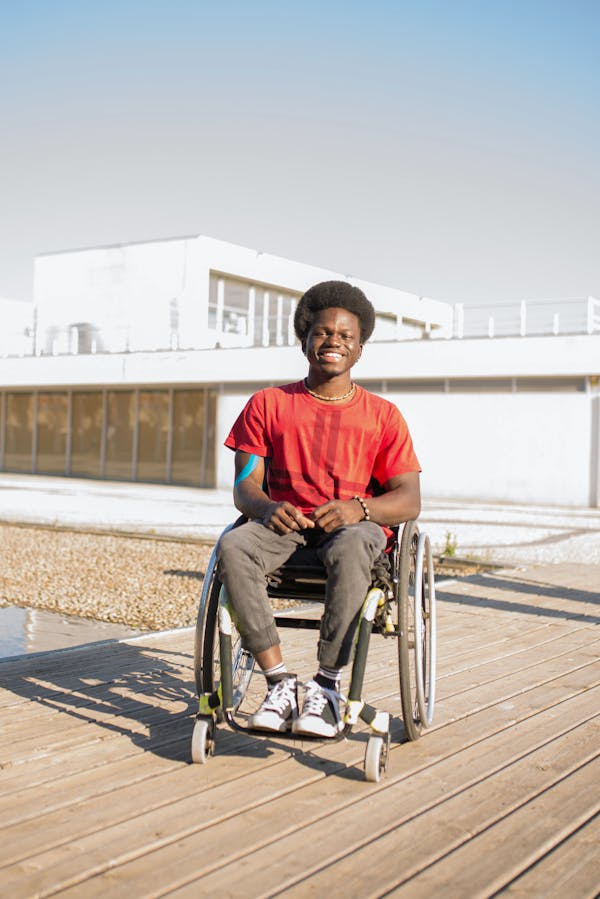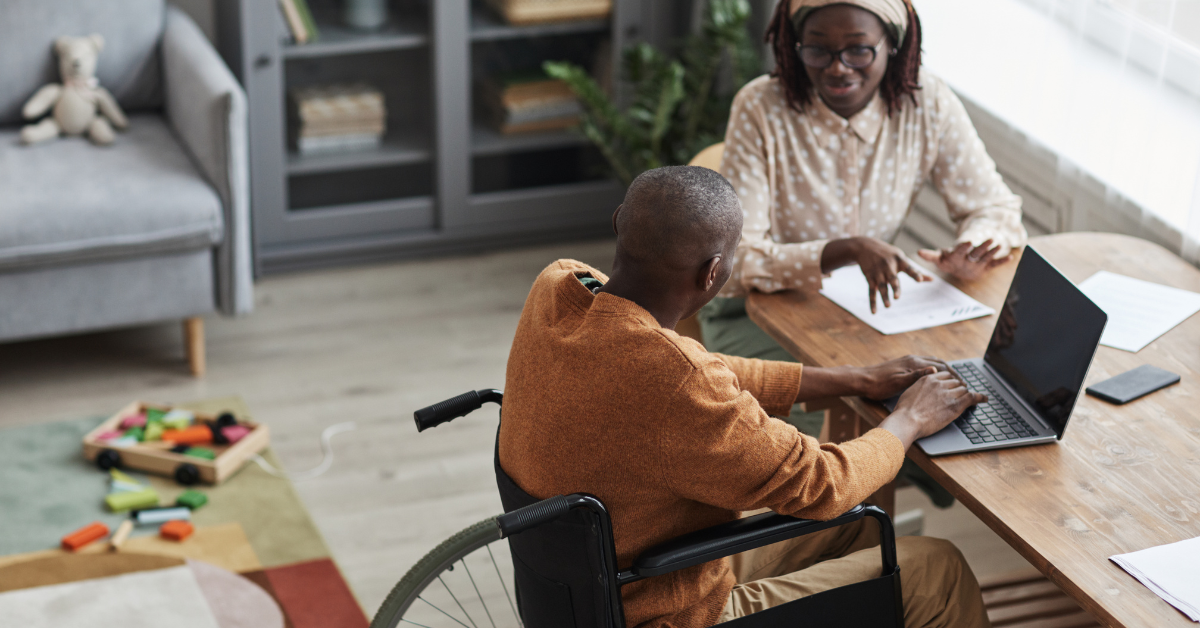Read Time 4 Minutes
“The Congress finds that physical or mental disabilities in no way diminish a person’s right to fully participate in all aspects of society, yet many people with physical or mental disabilities have been precluded from doing so because of discrimination … the Nation’s proper goals regarding individuals with disabilities are to assure equality of opportunity, full participation, independent living, and economic self-sufficiency for such individuals; and the continuing existence of unfair and unnecessary discrimination and prejudice denies people with disabilities the opportunity to compete on an equal basis and to pursue those opportunities for which our free society is justifiably famous, and costs the United States billions of dollars in unnecessary expenses resulting from dependency and nonproductivity.”
–Americans with Disabilities Act of 1990
July 26, 2022, will mark the 32nd anniversary of the original Americans with Disabilities Act. Much has changed since 1990. We’ve seen an explosion of special-needs technology, from improved wheelchair designs to apps for every disability-related concern. We’ve seen social media make “public speaking” accessible to all, including those sharing firsthand experiences of life with a disability. We’ve seen increased opportunities for people with disabilities to not only have their needs considered, but to take active roles in implementing solutions.
Still, rights are not yet so equal that most people with disabilities live completely free of:
- “You don’t look disabled/impaired/sick” comments
- Unrequested, unwanted, and incompetent “help”
- Feeling compelled to hide a disability lest others disregard their opinions or deny them opportunities
The best way to observe the ADA anniversary is by learning all we can about what really constitutes equal access—and by making extra effort to see past the disability to the unique, capable, fully human individual.
Mental Disabilities

At the bottom of the “disability hierarchy” are mental impairments such as low-functioning autism, schizophrenia, and substance use disorder (aka drug addiction). Arrive for a job interview in a wheelchair or with a guide dog, and today’s interviewers are glad to discuss reasonable accommodations. Arrive for a job interview and admit to having obsessive-compulsive disorder, and the average interviewer spends the rest of the meeting (and beyond) worrying about how many work hours you’ll waste in repetitive handwashing. Public attitudes are improving in regard to mental issues, but still have further to go than with any other disability category.
For full equality of opportunity, people with mental disabilities may need:
- An environment free from sudden noises, flashing lights, and other sensory overstimulation
- Elimination of other “triggers” (e.g., beer ads or overloaded to-do lists) that increase risk of unstable-behavior episodes
- Paid time off for therapy and mental health days
See also: Mental Health and Autism apps
Sensory Impairments

“Sensory impairment” typically means low-functioning or nonfunctional sight or hearing. However, there are also people who have impaired smell and taste (which gets more attention these days for being a common COVID aftereffect). Others have nerve damage that impairs their sense of touch (which frequently leads to other disabilities, as lack of pain receptors means that injury can go unnoticed until permanent damage is done.)
For full equality of opportunity, people with sensory impairments may need:
- Clutter-free environments with special attention to “a place for everything and everything in its place”
- Facilities for service animals
- Accommodations for sign language interpreters
- Equipment to translate visual cues to audio, audio cues to visual, or verbal communications to written
See also: Vision and Hearing apps
Mobility Impairments

The mobility-impairments spectrum isn’t limited to impairments requiring wheelchairs, braces, and other obvious assistance equipment. Many people who look “normal” at first glance have disabilities that severely limit their abilities to perform everyday functions. (A not uncommon complaint of people with breathing or heart disabilities, which require them to walk at slow speeds or for limited distances, is being accused of “stealing” handicapped parking spaces despite obvious “handicapped” car decals.)
For full equality of opportunity, people with mobility impairments may need:
- Strong handrails in stairwells and bathrooms
- Passageways free of clutter that might snag wheels or walkers
- Doors and halls wide enough to accommodate wheelchairs
- Adjustable equipment tables
- Extra table/desk space for keeping things in easy reach
See also: Mobility apps
What’s Good for One Is Good for All

Despite the wide range of accommodations required for disabilities, another positive sign of our times is that accommodations have not proved more trouble and expense than they’re worth—quite the opposite. Besides the productivity benefits of increased all-around participation, many common accommodations are appreciated by non-disabled people as well: curb cuts, for example, make it easier not only for wheelchairs, but for bicycles, rolling luggage, shopping carts, and strollers.
As Tom Wlodkowski, VP of Accessibility at Comcast, puts it: “We look to add ‘digital curb cuts’ into our technology so that everyone benefits.” Eventually, “I think we can move away from calling it accessibility and just make it something that we [all] expect.”

